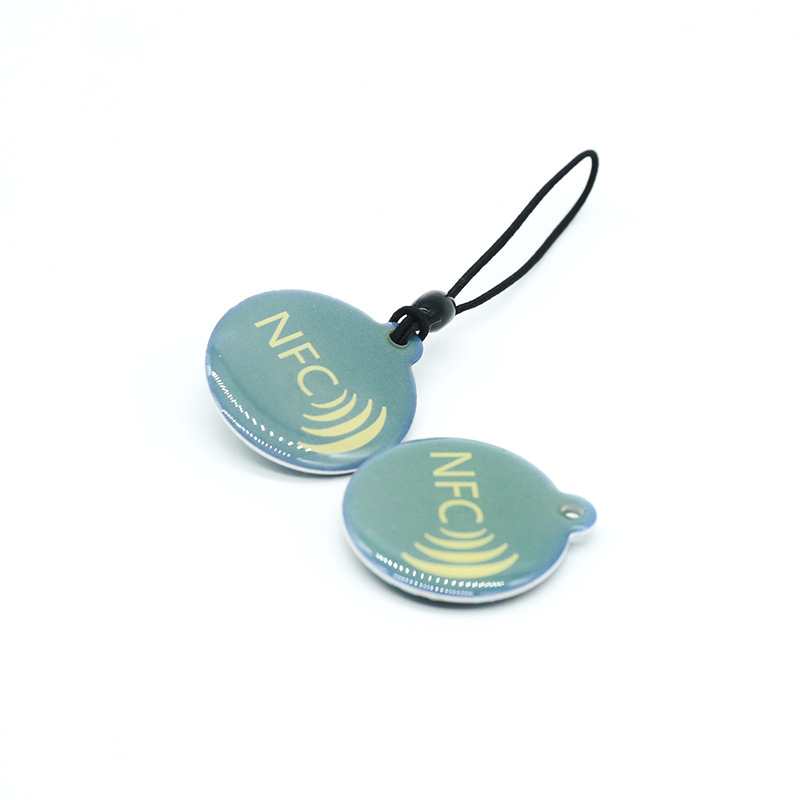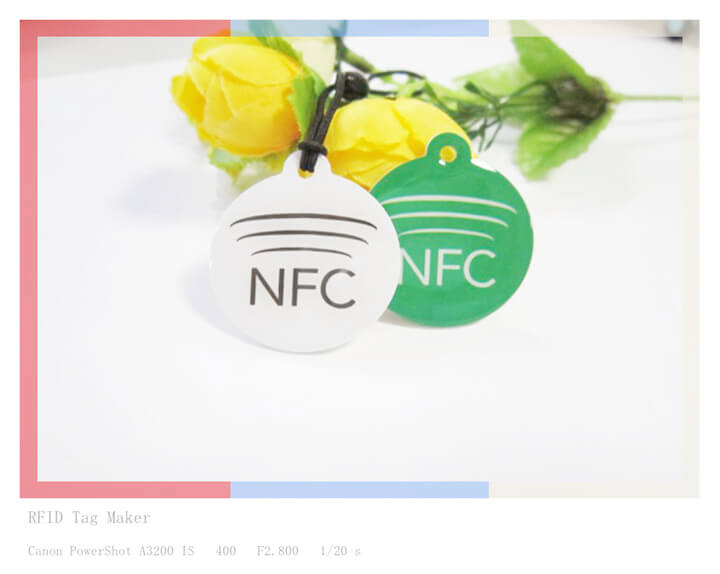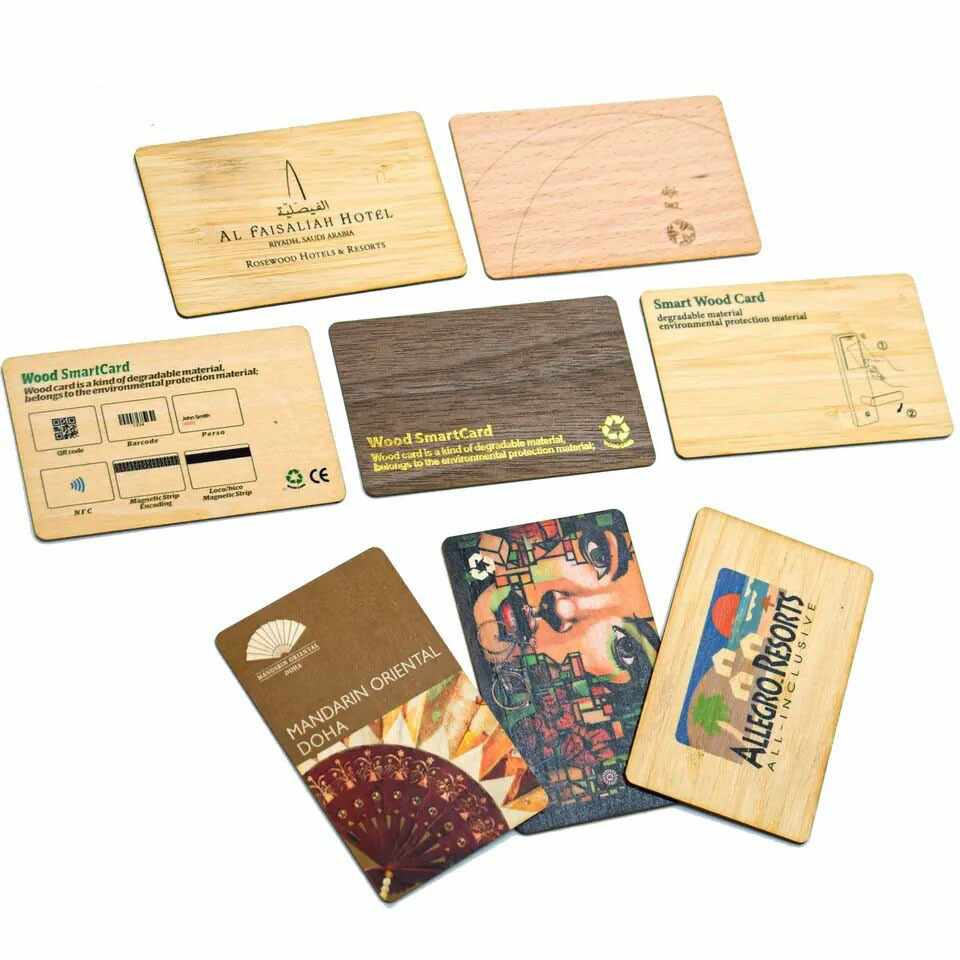If you have ever participated in a manual RFID asset tracking management task, you will agree that it is a daunting endeavor.
Telsyte’s research indicates that Australian businesses lose $4,3 billion annually due to inadequate asset tracking. Even though the statistics are dismal, there is hope for your business!
You need only a comprehensive RFID asset tracking system to manage your assets. This technology will permit real-time asset accounting.
If you are curious about what an RFID tracking system is, then you should read this article. Read on for thoroughly researched information regarding the technology.
What is Asset Management?
As your business expands, you’ll acquire more assets. Growth is essential, but it comes with additional management responsibilities.
RFID asset tracking comes into play:
RFID asset tracking is a technology that enables the monitoring and accounting of physical assets. To effectively utilise RFID, you must attach tags to all of your physical assets. They will then transmit signals that will inform you of their location, upkeep schedule, and status.
What is the Importance of Tracking Assets?
The primary objective of any enterprise is to maximize returns on every investment. To accomplish this, you must optimize the functionality of each asset.
Asset tracking is useful for streamlining asset management logistics. Its computerized systems permit remote monitoring of both mobile and immobile assets.
Additional advantages of an effective asset tracking system include:
It decreases administrative expenses. A method for tracking assets eliminates the need for manual operations. This frees up time and resources for additional revenue-generating endeavors.
It results in enhanced customer service. A functional system will expedite the delivery of services to clients. All defects on assets will be identified and repaired prior to impeding service delivery.
It minimizes losses. When your company has an effective asset tracking system, you can be sure of its responsibility. It discourages employees from misusing your assets, thereby maximizing productivity.
It minimizes losses. When your company has an effective asset tracking system, you can be sure of its responsibility. It discourages employees from misusing your assets, thereby maximizing productivity.
It enhances organization and productivity. Nothing is more satisfying than having flawless logistics in your business. When you have an efficient asset tracking system, you will be aware of the precise location of your asset. This assurance ensures you can utilize them when necessary.
Asset tracking has a positive net effect on profitability. Your capacity to account for your asset will be the driving force behind your ultimate success.
How to Automate Asset Tracking with RFID
Before continuing, you must grasp the concept of RFID.
What is RFID then?
The acronym RFI stands for Radio-Frequency Identification. It is a technology that identifies, captures, and transmits data using electromagnetic fields and radio waves.
RFID technology requires two essential components to function:
An RFID tag RFID reader or interrogator
Each tag contains a circuit and antenna for transmitting data to the RFID reader. It can be active or passive depending on the circumstances.
A passive tag employs electromagnetic waves generated by the interrogator and must be in close proximity to the reader for optimal performance. Active tags, on the other hand, are powered by a battery and are capable of transmitting signals to distant readers.
We recommend using active RFID tags for asset tracking unless you need to track inventory at close range and deter theft within your organization’s premises.
How RFID Automated Asset Tracking Operates
Now that you understand the concept of RFID, let’s examine how it can be used to manage your physical assets.
The RFID tracking system consists of the following three components:
RFID Reader. This device is installed in strategic locations throughout your business’s location.
Asset Management software. The software allows you to track your assets using RFID Tags on your desktop or mobile device. The RFID tags are attached to your valuable physical assets and then imported into a tracking application.
When you install this system, the RFID tags on your asset will transmit signals in real-time, which will be detected by RFID readers. Thus, you will be able to determine their precise location and all other pertinent real-time information.
RFID’s advantages over traditional barcode systems
Traditional barcode systems are time-consuming. The employee must point the barcode to the reader in order to obtain the data.
When the barcode is obscured or removed, things get complicated!
In such a scenario, the barcode reader will not capture the data. Therefore, the employee will be required to manually type the serial number, which is tedious and prone to error.
RFID tags, on the other hand, are highly efficient and their application is simple. Without a direct line of sight, the RFID reader will decode the tag’s information. This ensures precision and convenience.
Other advantages of using RFID as opposed to the conventional barcode system include the following:
Read multiple tags concurrently. RFID technology does not require a direct line of sight between a reader and a reader. Consequently, a single employee can track all of your assets within minutes!
Integration with software and GPS technology is simple. With RFID, you can use your mobile phones to access all asset information. Data Storage can retrieve the precise location of your asset in seconds. RFID tracking technology enables the storage of vital asset information. This enables precise management schedules, thereby increasing your organization’s productivity.
Sends alerts in real-time. When using the RFID tracking system, the safety of your assets will be ensured. It sends alerts in real time if the assets leave their authorized areas.
Reduced Inventory Turnover Times Utilizing this technology, inventory management will be simple! As opposed to other traditional tracking systems, it takes a few hours as opposed to days.
How to Choose RFID tags
Choosing the appropriate RFID tag for your business is difficult, particularly if you fail to define your needs. Here are all the considerations when purchasing one:
1. RFID Tags Type
As previously mentioned, there are two varieties of RFID tags: active and passive. If you want a tag that can help you track your assets in remote locations, you should settle for one that is active and has a relatively large read range.
2.RFID Tag Frequency
The tag frequency you select will depend on the data rate, required read range, and tagged material.
Reading Range There are Low-Frequency (LF), High-Frequency (HF), and Ultrahigh-Frequency (UHF) RFID tags. LF and HF tags with a shorter read range are ideal for tracking local inventories, whereas UHF tags are ideal for tracking Materials Tagged from 5 to 10 feet away. If you are working with aqueous substances, you will need a tag that does not come into direct contact with them. In this case, HF tags with a 3-foot read range can be utilized.
Humans and animals should be tagged with either HF or LF tags. The FDA recommends using LF for both applications.
However, dealing with metallic objects presents a fairly complicated circumstance.
If the tag is attached directly to the metal, its effectiveness will be diminished. Therefore, you should acquire a tag with an air gap between it and the RFID tag.
3. Capacity to Personalize
If you wish to incorporate additional features into your RFID system, you must ensure that the tag supports them.
Monitoring the temperature of your shipping box, for instance, requires an active tag with a temperature sensor.
4. Environmental Factors
The location of use for RFID tags is important. You should ensure that your ideal tag can withstand the asset’s prevailing environmental conditions.
For instance, a corrosive environment may interfere with the antennae’s functionality. Additionally, excessive moisture affects the adhesive, causing a tag to fall off.
In extreme environmental conditions, only encapsulated tags specifically designed to withstand adverse environmental conditions may be used.
5. RFID Standards Conformity
Purchasing RFID tags that adhere to your industry’s specifications ensures safety and efficacy.
EPC Gen 2 is one of the most widely used compliance standards. As such, we advise the use of RFID tags compliant with the Gen-2 standard.
6. Business Compliance Demands
In certain industries, customers require that you provide tagged products. If this business opportunity requires precise specifications for the tags to be used, you will be required to comply.
The Conclusion
Are you concerned about the loss of your material possessions? Well, if you want to optimize your business operations, managing your physical assets should always be a top priority.
Using manual tracking systems, however, will not result in much success.
Consider implementing an RFID asset tracking system. This technology will provide you with real-time information on all of your assets, enhancing the efficiency of your organization. If you’re curious about how RFID tags function, this article will answer all your questions. We implore you to use the advice provided here to transform your business.
















